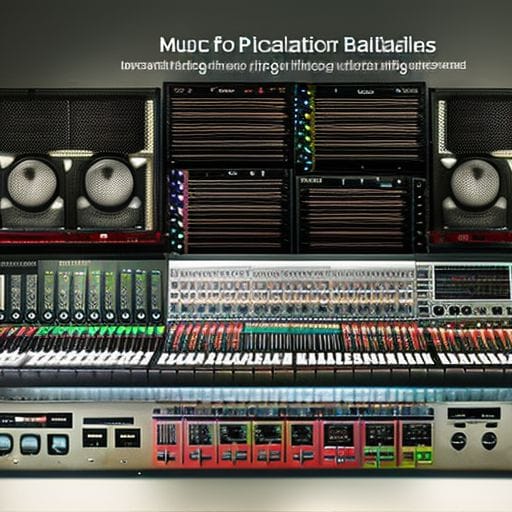Crafting Killer Basslines for Dance Music

How important is it for a music producer to understand music theory when creating captivating basslines in dance music?
In the world of dance music, the beat might hit the audience first, but it’s the bassline that really makes them move. A killer bassline can elevate a decent track into a club banger that keeps people on the dance floor all night long. Mastering the art of crafting a compelling bassline is essential to the success of any dance music producer.
The Importance of the Bassline
A bassline refers to the lower register of pitches that forms the rhythmic and harmonic foundation of a track. It’s the element that gets toes tapping and hearts pumping, and, importantly, can be the defining characteristic in a dance song.

Most importantly, a bassline acts as the backbone of your track, grounding all other elements. It’s essential for setting the mood – a heavier, more driving bassline can amp up the energy levels, while a smooth, melodic bassline can transport listeners into a hypnotic dance trance.
Understanding the Basics
Creating killer basslines starts with understanding music theory basics like scales, chords, and intervals. Don’t fret if these terms seem a bit alien – these foundations are simpler to grasp than you’d imagine.
- Scales are the most basic component of music and consist of a collection of notes played in sequence.
- Chords are groups of notes played together.
- Intervals are the distance between two pitches.
Understanding these basics is crucial in creating a compelling bassline. A well-crafted combination of these elements can create tension and release, driving the track’s emotional arc and keeping listeners hooked.
Crafting Killer Basslines: Techniques and Tips
Here are some tried-and-true techniques to get you started on your quest to create killer basslines:
- Start Simple: If you’re a beginner, there’s absolutely no harm in starting simple. Follow your drum pattern and start by placing a basic note on every kick drum beat.
- Follow a Scale: Use a prescribed scale as your guide. This could be a standard major or minor scale, or something more exotic for a different flavor.
- Harmonize: Using chord progressions to guide your bassline can create great harmonic synergy. Make sure your bass notes match the root notes of your chords.
- Experiment with Rhythm: Don’t be afraid to play with rhythm and timing. Adding syncopation to your basslines can make your track more interesting and danceable.
- Create Variation: Don’t let your bassline become repetitive or predictable. Switch things up, add variation, change the rhythm or the notes used – keep listeners engaged with unexpected changes.
Conclusion
Crafting killer basslines is an art that requires intuition, creativity, and a solid grasp of music theory. However, the most important ingredient to creating unforgettable dance music is practice. Be prepared to tinker and experiment—you’ll be making the dance floor bounce in no time!
Remember, music rules are there as a guide, not a prison. Don’t be afraid to break them sometimes!
